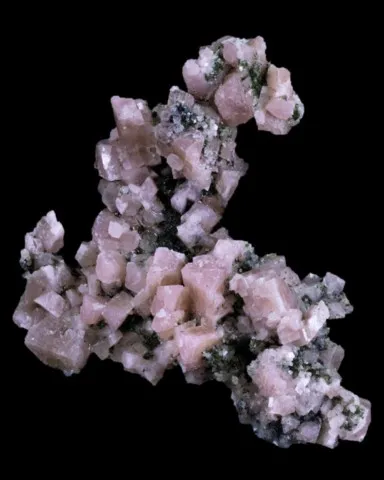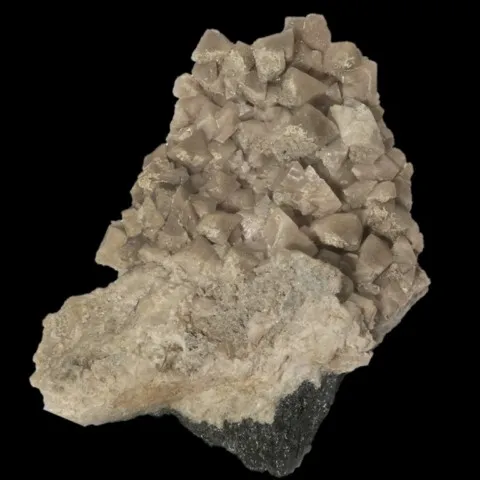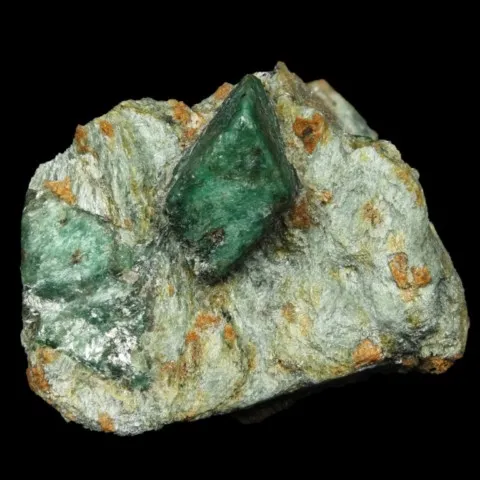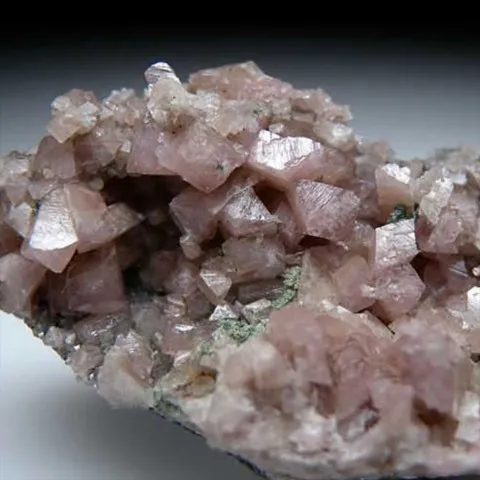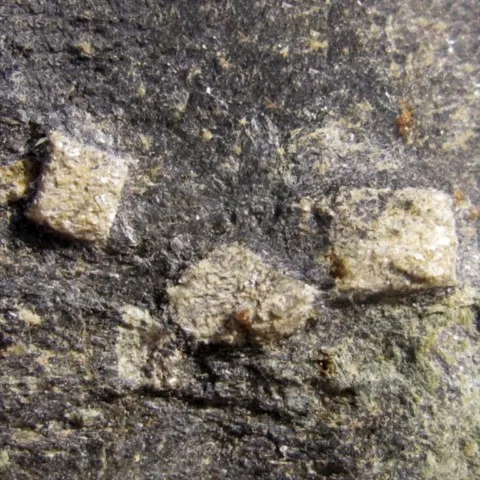LAWSONITE
Class : Silicates
Subclass : Sorosilicates
Crystal system : Orthorhombic
Chemistry : CaAl2Si2O7(OH)2 H2O
Rarity : Common
Lawsonite is a calcium silicate typical of high pressure and low temperature metamorphic rocks (blue schists). It is also a mineral that forms by alteration of plagioclase feldspars. It is a common companion of epidote, garnet (almandine), pumpellyite and glaucophane. It was named in honor of Andrez Cowper Lawson, Professor of Geology at the University of California. It is a mineral which occurs in prismatic to tabular crystals, not exceeding 5 cm. Lawsonite is colorless, gray to bluish or grayish pink, exceptionally emerald green when chromiferous.
Main photo : Lawsonite from Mendocino County, California, USA © Eugene & Sharon Cisneros
Lawsonite in the World
Twinning
No twins known for this mineral species.
Fakes and treatments
No fakes recorded for this mineral species.
Hardness : 7.5
Density : 3.1
Fracture : Irregular
Streak : White
TP : Translucent to transparent
RI : 1.665 to 1.685
Birefringence : 0.020
Optical character : Biaxial +
Pleochroism : None
Fluorescence : None
Solubility : Insoluble
Magnetism : NoneRadioactivity : None

